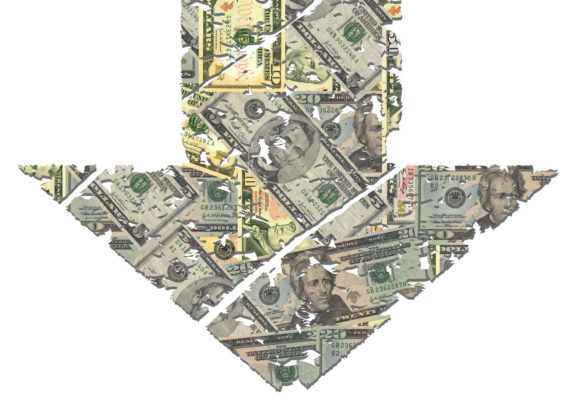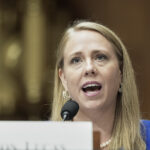Loss ratios and operating ratios for the U.S. private passenger nonstandard auto insurance market fell to their worst levels in a decade, according to a report from A.M. Best.
The results for the population of insurers studied in this report have been deteriorating for a decade, but more so in the past two years.
Escalating repair and medical costs, deteriorating highway infrastructure, and increased miles driven are among the factors that raised the loss and loss adjustment expense ratio in recent years—to 78.4 in 2015 and to 81.1 in 2016.
That compares with figures of 70-71 for the earliest years of the last decade—2007, 2008 and 2009. And the loss and LAE ratios for both 2015 and 2016 are higher than the five and 10-year averages for the line (77.7 and 75.0), the report reveals.
The Best’s Special Report, titled, “Despite Top Line Growth, U.S. Nonstandard Auto Results Continue to Deteriorate,” notes that small, regional and single state writers have been hit particularly hard. In addition to the trends underlying the industrywide figures, these writers have faced persistent competition from large standard auto writers. Over the last few years, technological capabilities and greater scale have allowed larger standard auto writers to target the more profitable insureds, leaving the riskier policies to smaller nonstandard auto writers.
According to the report, rate increases in a number of states aiming to combat deteriorating loss trends, and increases in new car purchases spurred by economic growth have helped premium levels rise. But while net earned premiums grew 12.1 percent in 2015 and 12.7 percent in 2016, higher jumps in incurred losses—16.8 percent in 2015 and 16.6 percent in 2016—caused underwriting losses to escalate.
The report concludes that single-state or regional nonstandard auto writers lacking scale and effective risk and expense management capabilities will find it difficult to operate successfully in this market, to defend their market share or to improve operating results.
Nonstandard auto policies are customized and their pricing and terms can vary widely. The report says that having an online distribution presence has been critical for nonstandard carriers to compete in this space but this has led to higher expense ratios than those of the standard auto market. In addition, nonstandard auto premiums generally decline during recessionary periods, with the resulting drop in the premium base hurting profitability.
Was this article valuable?
Here are more articles you may enjoy.



 Judge Green Lights New York’s Driver’s License Law, Rejecting Trump Challenge
Judge Green Lights New York’s Driver’s License Law, Rejecting Trump Challenge  Head of EEOC Urges White Men to Report Discrimination
Head of EEOC Urges White Men to Report Discrimination  Funding Cuts Put America’s Consumer Watchdog on the Brink of Collapse
Funding Cuts Put America’s Consumer Watchdog on the Brink of Collapse  US P/C Posts $35B YTD Underwriting Gain; By-Line Premium Growth Revealed
US P/C Posts $35B YTD Underwriting Gain; By-Line Premium Growth Revealed 

